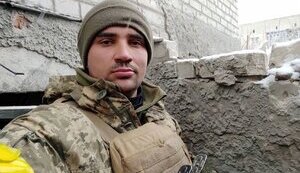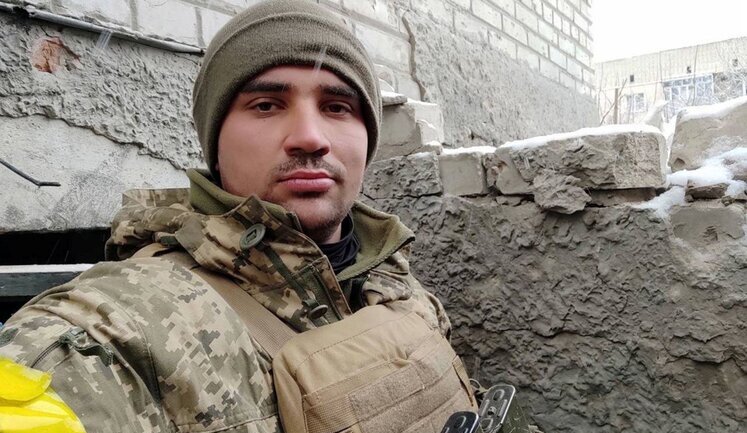Izium, a city in the Kharkiv region of Ukraine, continues to face significant adversities in 2025. Recently, Russian forces launched drone attacks, hitting Izium's energy infrastructure and injuring civilians, including a 14-year-old girl. Security Service of Ukraine has been vigilant, detaining a Russian agent spying on Ukrainian positions near Izium. Meanwhile, reconstruction projects such as a billion UAH hospital renovation bring hope amidst the chaos. The ongoing conflict has also resulted in frequent shelling along the Sloviansk-Izium highway, further destabilizing the area. Both casualties and injuries are mounting as residents endure sustained aggression. Law enforcement in Izium has also been identifying victims in mass graves, a grim reminder of the city's traumatic past under occupation. Despite the turmoil, Ukrainian defense efforts continue as fortifications are prepared to protect Izium.
What recent attack occurred in Izium, Kharkiv region?
Recently, enemy drones targeted Izium's energy infrastructure, causing significant damage and injuring civilians, including a 14-year-old girl. This highlights the ongoing intensity of the conflict affecting the region.
How is the Security Service of Ukraine responding to threats near Izium?
In response to threats, the Security Service of Ukraine has detained a Russian agent who was spying on the Armed Forces' positions near Izium. This swift action underscores the vigilance of Ukrainian security forces in mitigating espionage efforts.
What reconstruction efforts are underway in Izium?
One significant reconstruction effort in Izium is the planned renovation of the Pishchanska Hospital, with investments amounting to UAH 1 billion. This project is crucial to restoring essential healthcare services for residents in the area.
How are infrastructure attacks impacting the Izium area?
Infrastructure attacks, such as those targeting power lines and energy facilities, have severely impacted daily life in Izium. These attacks not only disrupt essential services but also pose significant challenges to the city's stability and recovery efforts.
What ongoing challenges does Izium face from Russian aggression?
Izium faces numerous challenges from ongoing Russian aggression, including frequent drone and missile strikes that cause casualties, damage infrastructure, and disrupt life. The region remains at risk, with continual efforts needed for defense and recovery.
What measures are being taken to improve civilian safety in Izium?
To enhance civilian safety, measures such as the preparation of circular defense structures have been initiated in Izium. These fortifications aim to bolster the city's defenses against potential military advances and provide a safer environment for residents.
How are mass graves in Izium being addressed?
Mass graves in Izium are being carefully addressed by law enforcement, with efforts focused on identifying the deceased. This process seeks to provide closure for families and ensure accountability for atrocities committed during the city's occupation.

































































